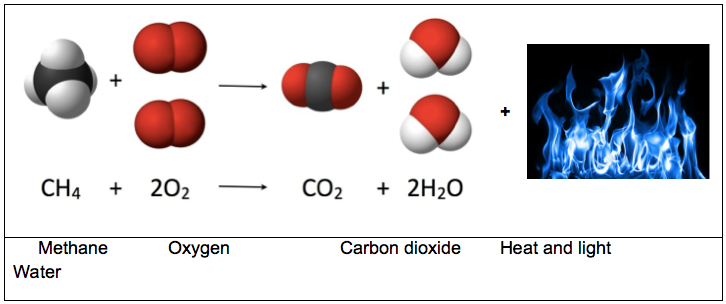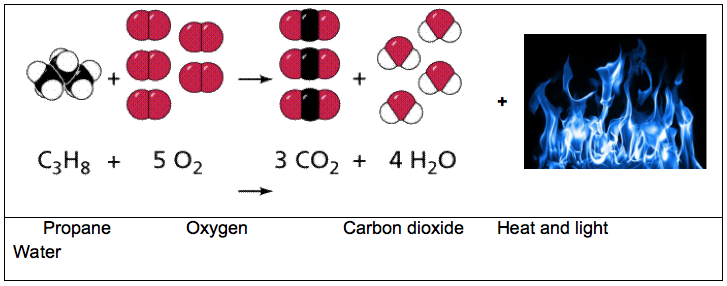Combustion of Gas Humidifiers
Complete vs. Incomplete
The SKG combustion blower and gas valve assembly are factory calibrated and pre-adjusted for optimum humidifier performance at all firing rates through a non-mechanical,
pneumatic modulating link between combustion air and gas flows. The pneumatic modulating link between air and gas introduces the required amount of gas for correct combustion to meet the current
humidity demand, based on a linear relationship between ΔP air and ΔP gas. A field combustion analysis should be done during startup to test the safety and energy efficiency of the gas appliance.
Fundamentals of Combustion
Combustion is a reaction where heat is produced, such as exothermic reaction. Combustion is also an oxidation reaction, which consists of adding oxygen or losing hydrogen to another substance.
For the reaction to take place, fuel and an oxidant should be present. Substances undergoing combustion are known as fuels. These can be hydrocarbons, containing carbon (C) and hydrogen (H),
like natural or propane gas. The oxidizing agent is oxygen.
The products left after a complete combustion are usually carbon dioxide (CO2) and water (H2O). In a complete combustion, few products will be formed, and it will produce the maximum energy
output that the reactant can give. However, for a complete combustion to take place, an unlimited and constant oxygen supply and optimum temperatures are required. Therefore, complete
combustion is not always obtained.
Chemical composition and reaction
Natural gas is primarily composed of methane, but also contains ethane, propane, and heavier hydrocarbons.

Liquefied Petroleum Gas or LPG consists mainly of propane, propylene, butane, and butylene in various mixtures. It is produced as a by-product of natural gas processing and
petroleum refining.

A properly adjusted and maintained gas flame produces only small amounts of carbon monoxide, with 400 parts per million (ppm) being the maximum allowed in flue products. Most
burners produce much less, with between 0 and 50 ppm being typical. During incomplete combustion part of the carbon is not completely oxidized producing soot or carbon monoxide (CO),
which may reach levels above 7,000 ppm. Incomplete combustion uses fuel inefficiently and the carbon monoxide produced is a health hazard. Even a small amount of carbon monoxide and other
particles released into the atmosphere can cause a lot of pollution.
Incomplete combustion occurs because of:
- Insufficient mixing of air and fuel.
- Insufficient air supply to the flame.
- Insufficient time to burn.
- Cooling of the flame temperature before combustion is complete.
The amount of air required, as indicated in the above formulas, for complete combustion to take place is known as theoretical air. However, in practice, the air used is 2 to 3 times
that of theoretical air.
Therefore, it is important to provide adequate combustion and ventilation air in accordance to local codes and regulations and Section 5.3 of the National Fuel Gas Code ANSI Z223.1 or Sections 7.2,
7.3, 7.4 of the CAN/CSA B149.
Reference
http://www.differencebetween.com/difference-between-complete-and-vs-incomplete-combustion/
https://www.abe.iastate.edu/extension-and-outreach/carbon-monoxide-poisoning-checking-for-complete-combustion-aen-175/
http://www.nfpa.org/codes-and-standards/all-codes-and-standards/list-of-codes-and-standards/detail?code=54
https://www.enbridgegas.com/gas-safety/about-natural-gas/components-natural-gas.aspx
https://www.enbridgegas.com/gas-safety/about-natural-gas/components-natural-gas.aspx